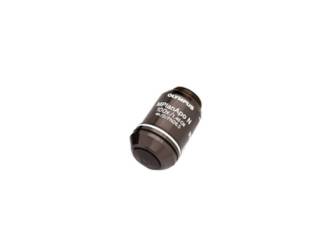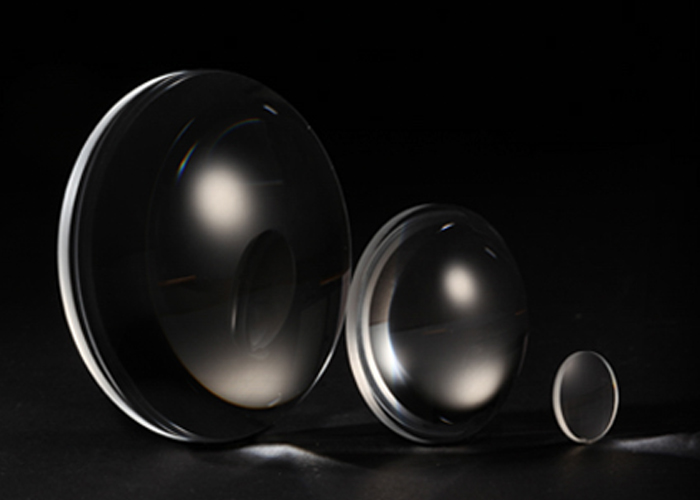Microscope objective supplier will share the maintenance of the microscope for you.
(1) Moisture proof If the room is humid, the optical lens will be prone to mold and fog. Once the lens is moldy, it is difficult to remove. Because of the inconvenience of cleaning the microscope objective, dampness is more harmful to it.Mechanical parts rust easily when they are wet.In order to moistureproof, when depositing microscope, besides choosing the dry room, depositing place also should be away from the wall, from the ground, from the wet source. 1 ~ 2 bags of silica gel should be placed in the microscope box as desiccant.The silicone is often roasted.After its color changes pink, should bake in time, bake hind continues to use again.
(2) Dust falling on the surface of the dust-proof optical element will not only affect the passage of light, but will also generate a large stain after magnification by the optical system, affecting observation. If dust and sand fall into the mechanical part, it will also increase the wear and tear, and cause the movement to be blocked. The harm is also great. Therefore, the microscope must be kept clean frequently.
(3) Anti-corrosion, the microscope cannot be put together with corrosive chemicals. Such as sulfuric acid, hydrochloric acid, strong alkali and so on.
(4) The purpose of heat protection is to prevent the lens from opening and falling due to thermal expansion and contraction.
(5) Please touch sharp objects such as nails and needles in a hurry.
(6) Non-personnel please hurry. Normally clean the surface of each optical part of the microscope with a clean brush or wipe with a lens-wiping paper. When the lens has indelible dirt, oil stains or finger prints, the lens must be wiped before use if it is moldy, foggy, and reused after a long period of inactivity.

Microscope Objective
(1) Wipe range
Eyepieces and condensers allow disassembly and wiping. Due to the complicated structure of the objective lens, a special instrument must be used for calibration to restore the original accuracy. Therefore, it is strictly prohibited to disassemble and wipe.
When disassembling the eyepiece and condenser, pay attention to the following points:
a. Be careful.
b. When disassembling, mark the relative position of each component (can be marked on the case by marking), the relative order and the front and back of the lens to prevent mistakes during reassembly.
c. The operating environment should be kept clean and dry. When disassembling the eyepiece, just rotate the upper and lower lenses from both ends. The field of view light bar in the eyepiece cannot be moved. Otherwise, it will blur the field of view. It is strictly forbidden to further disassemble the condenser lens after it is unscrewed. Because the lens is oil immersed, it is well sealed when it leaves the factory, and re-disassembly will damage its sealing performance and be damaged.
(2) Wiping method First use a clean writing brush or a blow ball to remove dust on the lens surface. Then use a clean flannel to make a spiral unidirectional movement from the center of the lens to the edge. After wiping, change the flannel to another place and wipe again until it is clean. If the lens cannot be wiped with oil stains, dirt, or fingerprints, it can be wrapped in absorbent cotton with willow branches and dipped in a small amount of alcohol and ether mixture (alcohol 80%, ether 20%). If there are heavy mold spots or mold spots that cannot be removed, you can use a cotton swab dipped in water to wet it with calcium carbonate powder (more than 99%) and wipe it. After wiping, the powder should be removed. Whether the lens is clean can be observed by the reflected light on the lens. Note that the dust must be removed before wiping. Otherwise, the sand grains in the dust will groove the mirror surface. Do not use towels, handkerchiefs, clothes, etc. to wipe the lenses. Alcohol-ether mixture should not be used too much, so as to prevent the liquid from entering the adhesive part of the lens and degumming the lens. There is a layer of purple-blue light-transmitting film on the lens surface. Do not wipe it off as a dirt.
Wiping of mechanical parts:
The painted surface can be wiped with a cloth. However, do not use organic solvents such as alcohol and ether to wipe the paint. If there is rust on the unpainted part, wipe it off with a cloth moistened with gasoline. After cleaning, re-apply protective grease.













